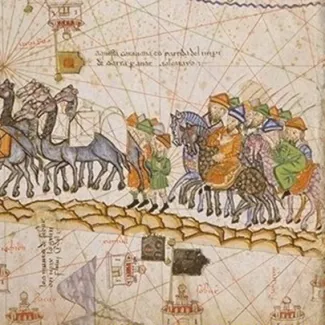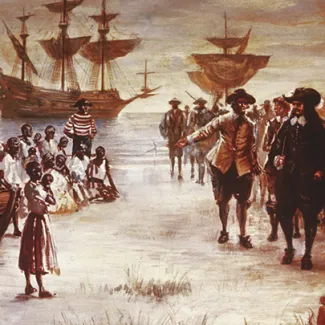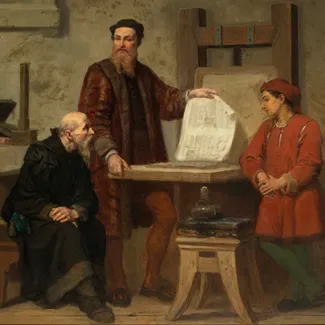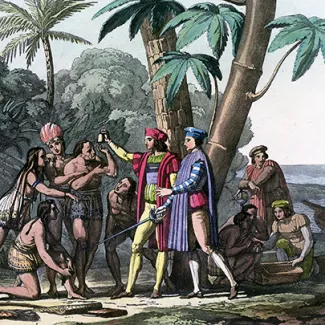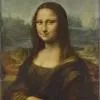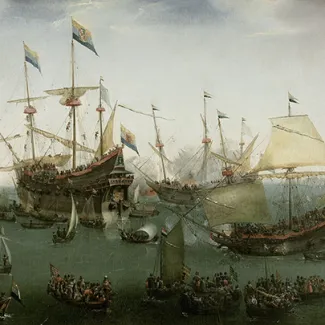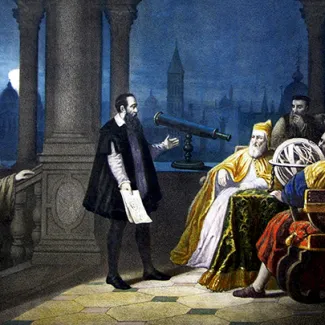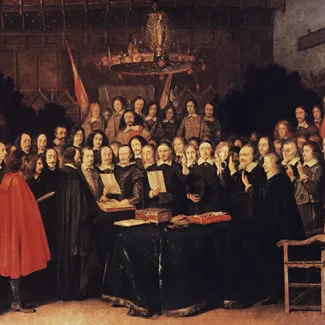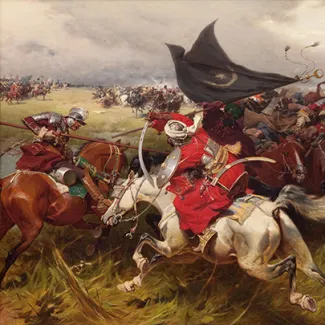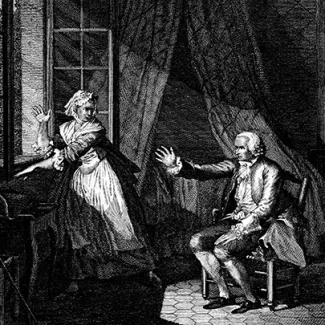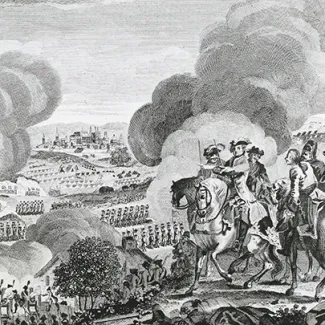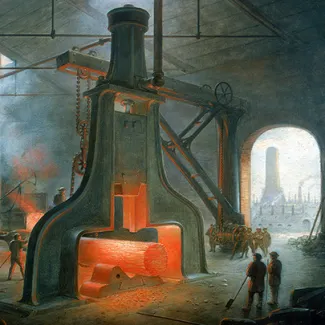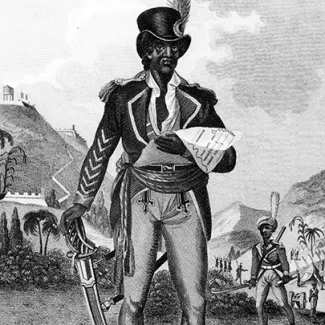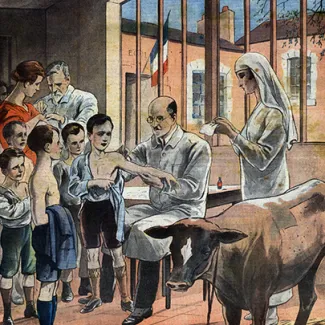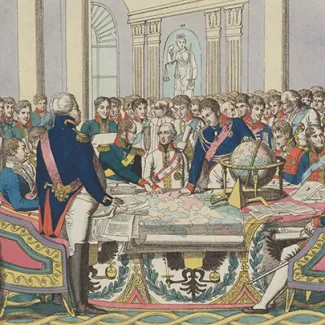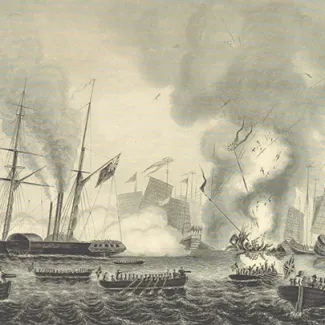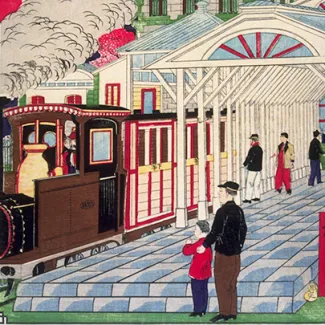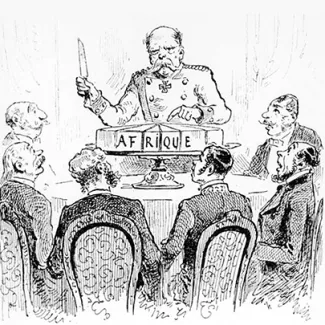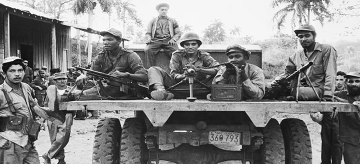Essential Events Before 1900
From the Silk Road and Christopher Columbus to the Ottoman Empire and the Revolutionary War, explore this history timeline covering major moments in global history before the twentieth century.
Last Updated
World History Timeline: 130 BCE–1884 CE
0130
0130
- 1453
0130
- 1453
Silk Road Connects East and West
1440
- 1449
Silk Road Connects East and West
1440
- 1449
Atlantic Slave Trade Begins, Transforming Global Economy and Demography
1455
Atlantic Slave Trade Begins, Transforming Global Economy and Demography
1455
First Printed Book Marks the Beginning of Mobile Information
1492
First Printed Book Marks the Beginning of Mobile Information
1492
First Voyage of Columbus Kicks Off Columbian Exchange
1503
First Voyage of Columbus Kicks Off Columbian Exchange
1503
“Renaissance Man” Leonardo da Vinci Begins to Paint the Mona Lisa
1602
“Renaissance Man” Leonardo da Vinci Begins to Paint the Mona Lisa
1602
Dutch East India Company Is Born, Giving Rise to Era of Exploration, Trade, and Colonialism
1600
- 1699
Dutch East India Company Is Born, Giving Rise to Era of Exploration, Trade, and Colonialism
1600
- 1699
Galileo’s Discoveries Help Launch Age of Scientific, Fact-Based Discovery
1648
Galileo’s Discoveries Help Launch Age of Scientific, Fact-Based Discovery
1648
Peace of Westphalia Leads to the Nation-State System
1683
Peace of Westphalia Leads to the Nation-State System
1683
Battle of Vienna Marks Beginning of Ottoman Empire Decline
1700
- 1799
Battle of Vienna Marks Beginning of Ottoman Empire Decline
1700
- 1799
Enlightenment Ushers in New Ideas About Freedom
1754
Enlightenment Ushers in New Ideas About Freedom
1754
Seven Years’ War, First Global Conflict, Begins
1700
- 1799
Seven Years’ War, First Global Conflict, Begins
1700
- 1799
Industrial Revolution Powers Innovation and Modern Production
1776
- 1804
Industrial Revolution Powers Innovation and Modern Production
1776
- 1804
Wave of Democratic Revolutions Redraws World Map
1796
Wave of Democratic Revolutions Redraws World Map
1796
Vaccine Science Advances, Extending Global Life Expectancy
1814
Vaccine Science Advances, Extending Global Life Expectancy
1814
Congress of Vienna Establishes Diplomatic Rules for Europe
1839
Congress of Vienna Establishes Diplomatic Rules for Europe
1839
First Opium War Begins China’s Century of Humiliation
1848
First Opium War Begins China’s Century of Humiliation
1848
Karl Marx and Friedrich Engels Publish The Communist Manifesto
1868
Karl Marx and Friedrich Engels Publish The Communist Manifesto
1868
Japan Rapidly Industrializes as Meiji Restoration Gets Underway
1871
Japan Rapidly Industrializes as Meiji Restoration Gets Underway
1871
Unification of Germany Heralds the Rise of German Nationalism
1884
Unification of Germany Heralds the Rise of German Nationalism
1884
Berlin Conference Initiates Scramble for Africa
Berlin Conference Initiates Scramble for Africa
1884
Teaching Resources
Lesson Plan
Contemporary History Pre-1900: Enlightenment
Length
One 45-minute period
